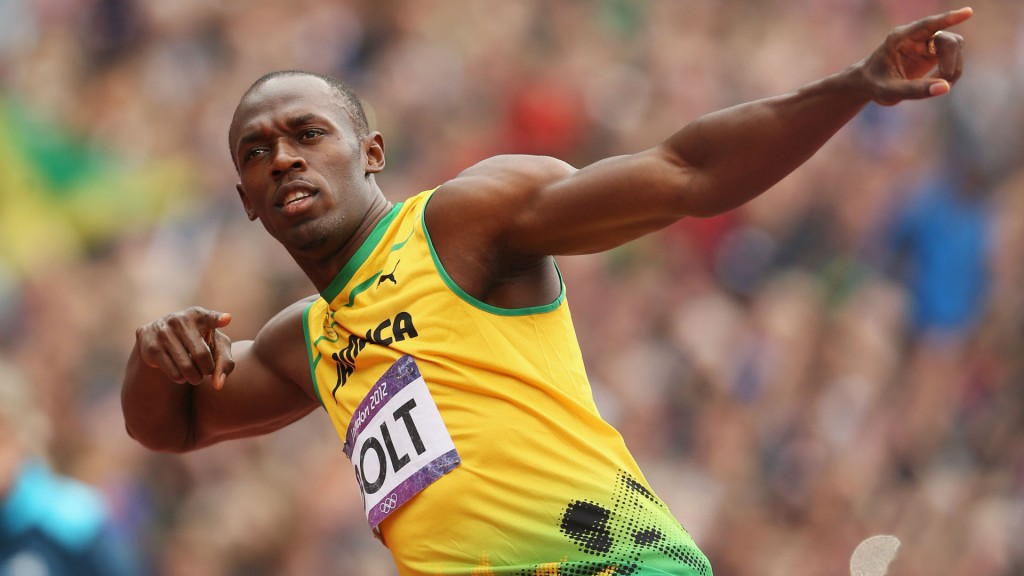Since the 80’s, scientists from the Institute for Biomedical and epidemiology research in sport, point that we are close to the physiological limits in many disciplines.

Appeared in Bulgarian at A-specto, translated by Borislav exclusively for SouthFront
“Faster, higher, stronger” – this is the motto of the Olympics. We owe it to Henri Didon, a French priest who claimed that “these words conclude the meaning of athletic sports.” However world records are becoming less and less.
According to research by the Institute for Biomedical and epidemiology studies in sport (Irmes), published in 2015. in “Sports et Medecine” the high accomplishments of athletes are stagnating. Records are increasingly rare, and the step by which they have improved is quite insignificant.” In several years we will have to time for a thousandth of a second, if we want to register new records,” states Jean-Francois Toussaint, director of Irmes.
When examining the record achievements in 147 subjects from the early twentieth century, French scientists previously recorded that we are closer to the physiological limit, after the 80s of the last century. For example, the ten best sprinters in the 400 meter discipline from the last thirty years, are above the average speed of 8 m/sec, while in the 60s some had reached 7.3 meters / second. Standing in place is seen in many other disciplines like men’s Triple Jump, 100 and 200 meters freestyle swimming and archery. “It seems these are the limits of human possibilities” considered Geoffroy Bertone, a researcher at Irmes.
Many factors are responsible in the battle for records. “The Cold War and the professionalization of sport contributed to the rapid growth of accomplishments,” said Bertone. In the battle for geopolitical supremacy, the technique and tactics of the competitors have also been optimized and unnecessary movements are removed so as not to lose power. Doping is a mass phenomenon in many eastern and western countries.
Advances in equipment and modernization of the conditions under which the preparation of the athletes occurs, also have contributed to the winning of a few centimeters or a few tenths of a second. “In 1936. Jesse Owens was running on crushed wood dust, today Yusain Bolt sprints on a floor that saves the athlete from futile power consumption”says David Epstein, author of the book”The gene of sport.”
“The morphology of the athletes is also specialized in the course of the century. Today, sprinters are large and muscular and long distance runners have a lightweight construction. The selection happens at young age,” says Jean-Francois Toussaint. Most notable in this regard is the example of the genius of swimming Michael Phelps and the 1500m record holder in running, Hicham El-Guerrouj. The American is 18 centimeters tall (height Phelps is 193 centimeters) but the legs of the two champions are equally long. Phelps is a swimmer and benefits from the large volume of his torso, while the same would be a disadvantage in long distance running.
In some disciplines we observe “anthropological coups.” Up to the 70’s, large Scandinavians dominated the long run, but the appearance of light and long legged Africans, dethroned them and today they are less present in these disciplines.
“Reaching the limit is not a tragedy,” states Geoffroy Bertone. “Only humans possess nuclear physics, but we have to accept that we can not run faster than the cheetah,” believes the French scientist.
Author: Thomas Delozie, Le Figaro






Capitalism destroyed sports just like everything else it touches.